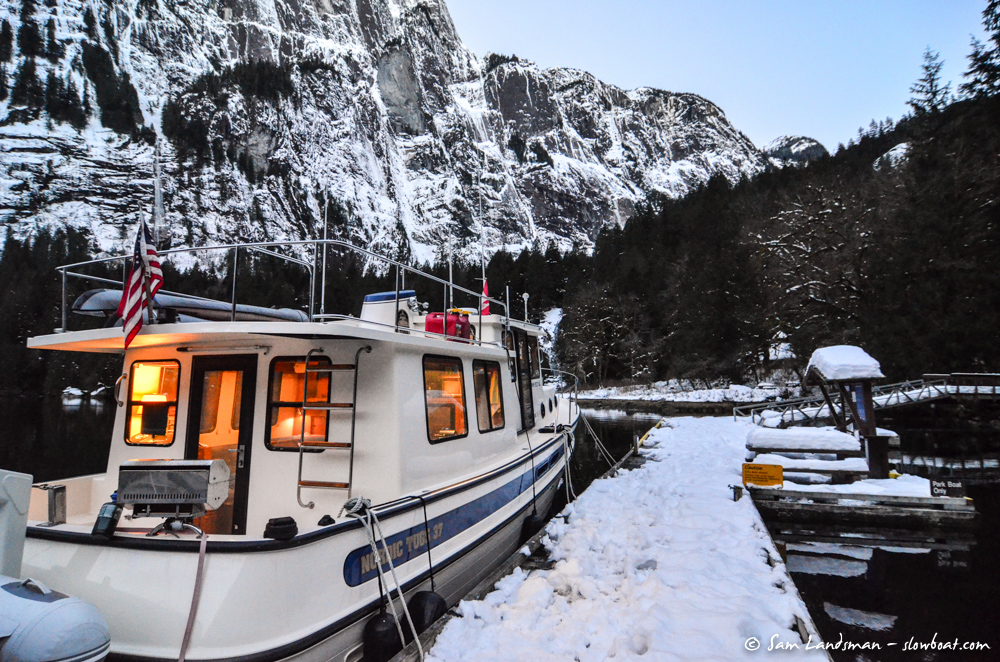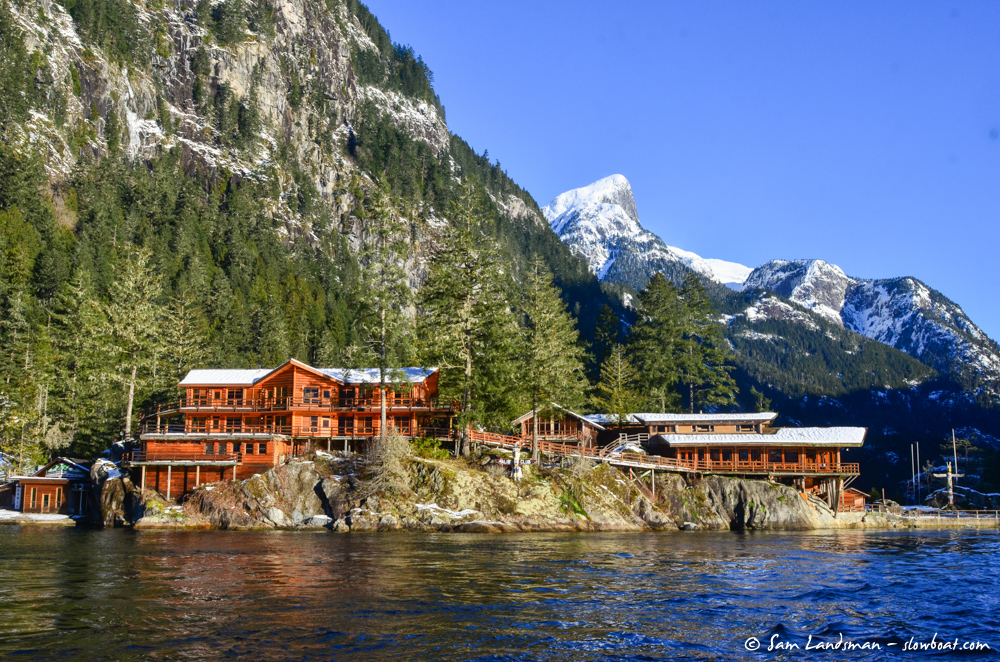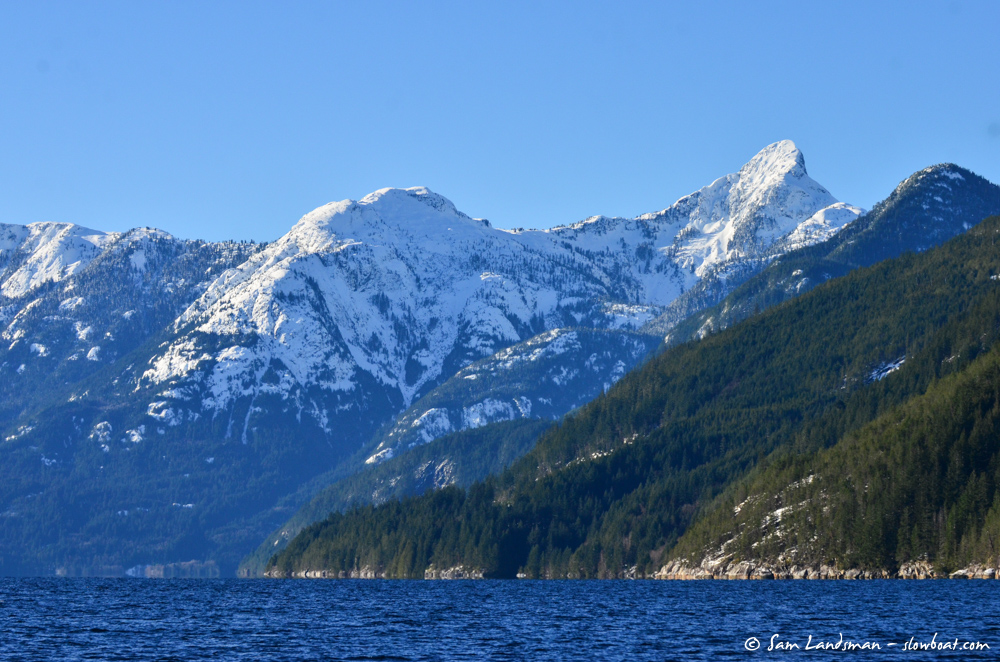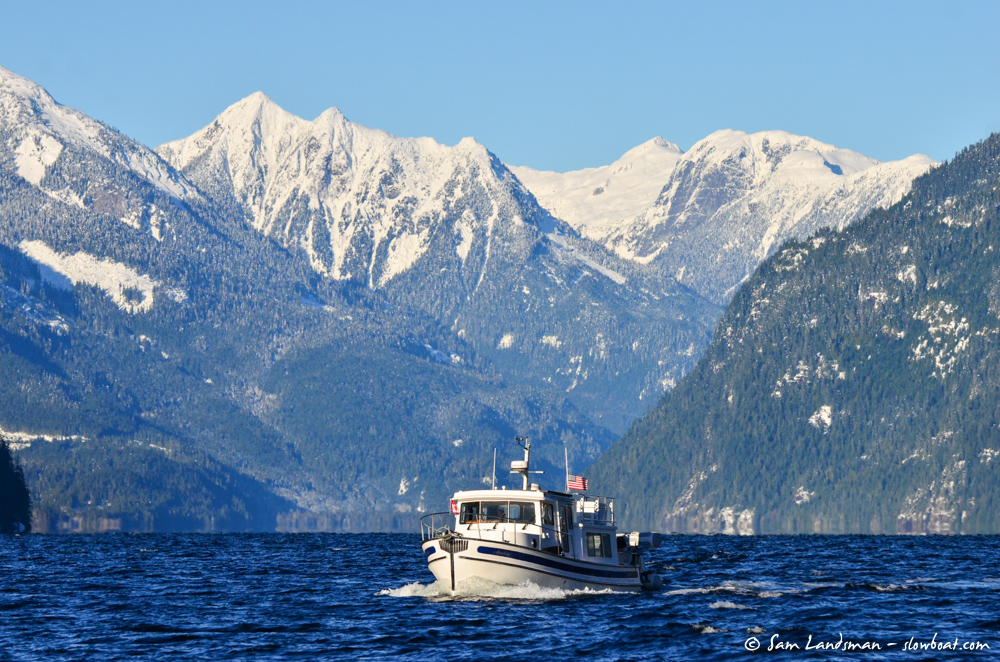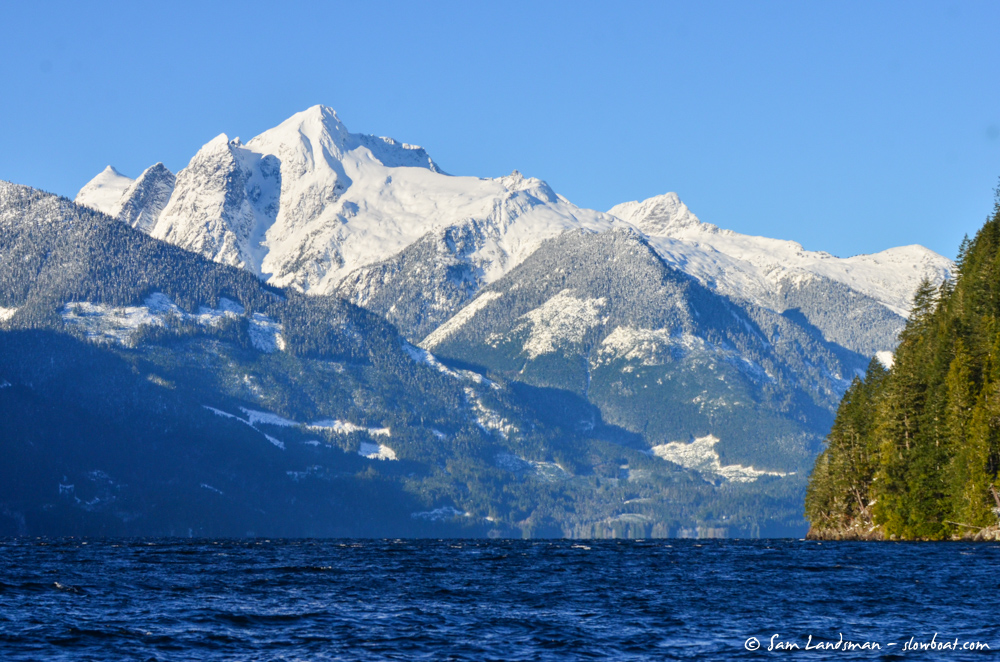Princess Louisa Inlet is iconic. It’s a “holy grail,” and with good reason. It’s not too far from the major population centers (200nm from Seattle, for instance), yet it is among the most scenic spots on the coast. Cliffs rise from the water all the way to peaks thousands of feet above. Waterfalls tumble down. Trees cling for dear life. A classic fjord.
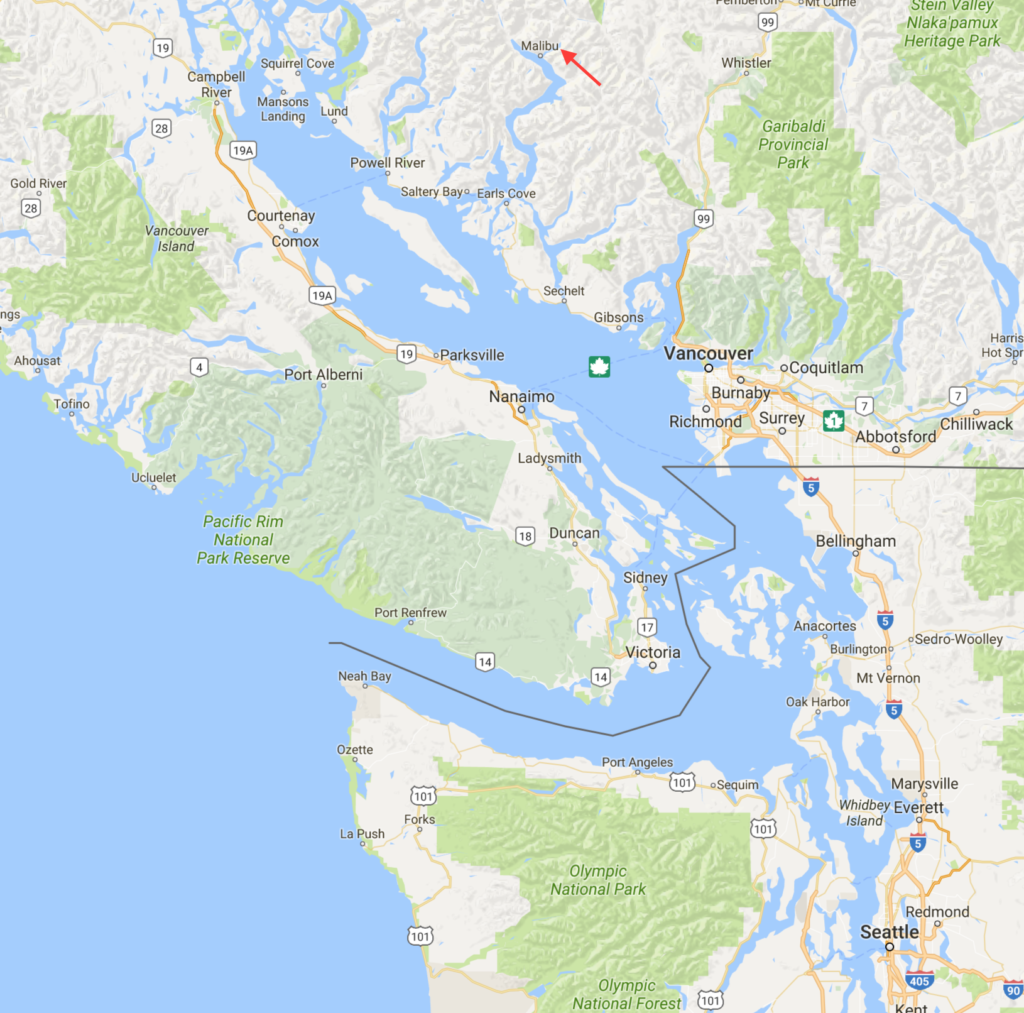
About 10 years ago, Princess Louisa was what got me into cruising. I’d heard about it, read about it, looked at its picture. And I wanted to go. After much parental convincing (I was 18 at the time, and I needed my parents blessing to take the family runabout), I took my first significant cruise. I’d just graduated high school, and I blocked out a month to wander north to finally see Princess Louisa Inlet and Desolation Sound. Needless to say, cruising (in no small part due to the grandeur of Princess Louisa) captured my imagination in a big way.
Since then, I’ve wanted to revisit Princess Louisa, but with a twist: I wanted to see it in the winter, with a blanket of snow. This year I finally made that happen.
Though Princess Louisa is fairly close to Seattle, getting to it is a challenge, especially in winter. You have to get north to Canada, then cross the Strait of Georgia, navigate up Jervis Inlet, and pass through Malibu Rapids, where currents run to 9 knots. With the short winter days, timing all this is especially difficult.
Our route took us north through the protected Gulf Islands. We overnighted at Wallace Island, then continued north through Dodd Narrows and across the Strait of Georgia on New Years Eve. With snow falling, we worked our way past Pender Harbour and into Green Bay.
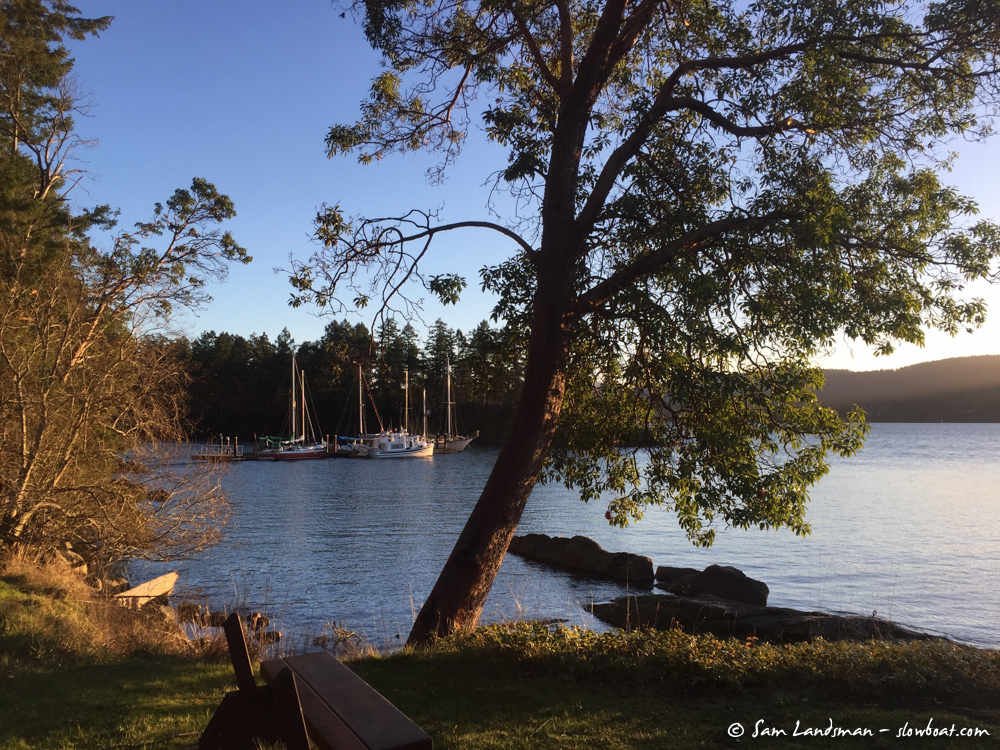
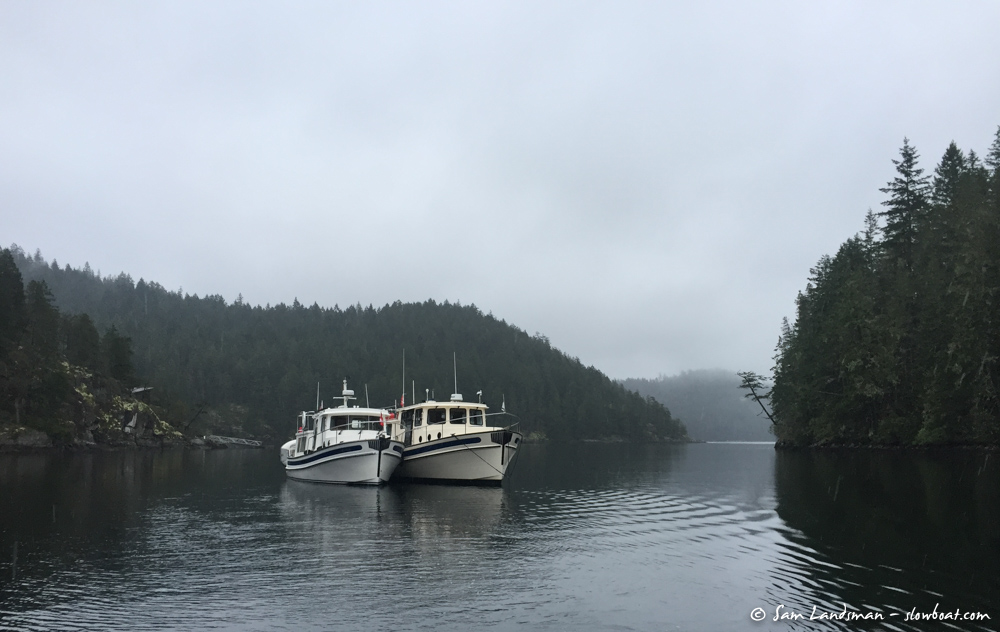
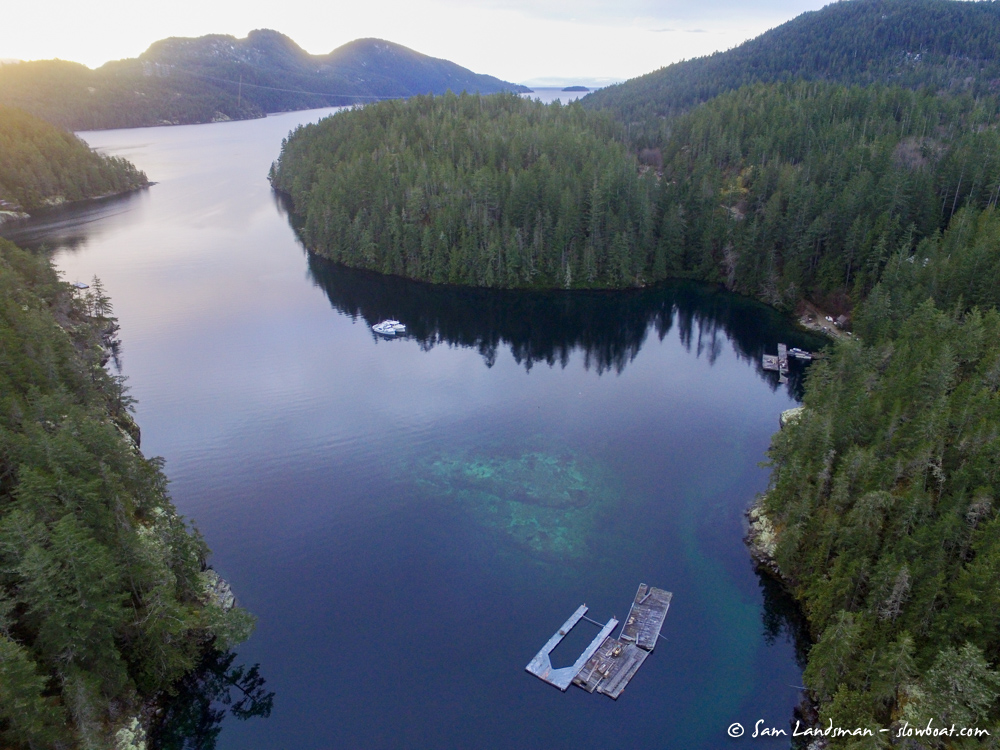
On New Years Day we continued up Jervis Inlet. The snow from the previous day gave way to brilliant sunshine and seriously gusty outflow winds.
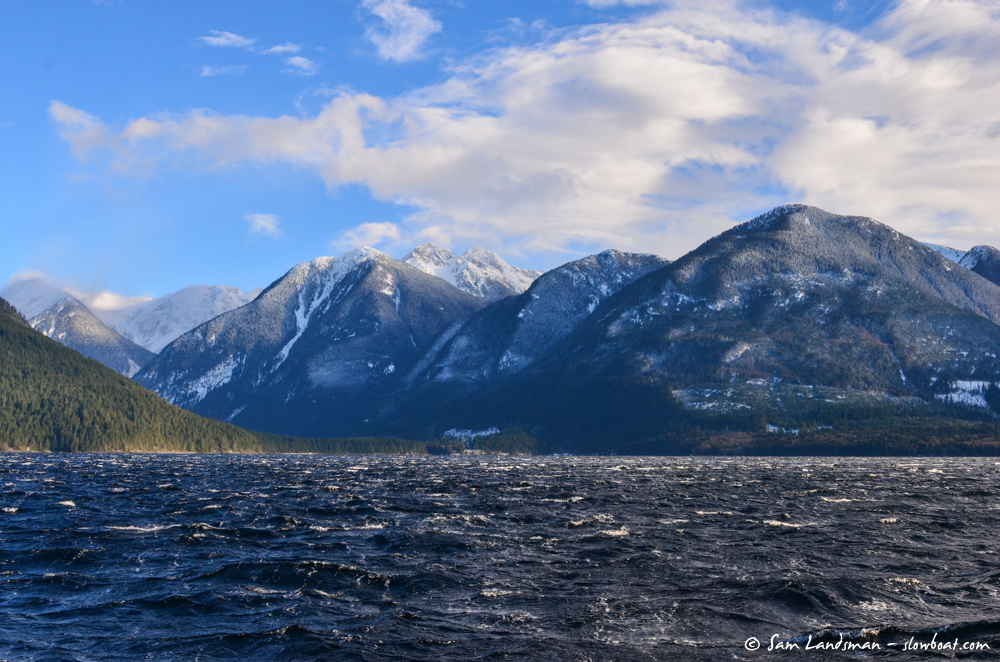
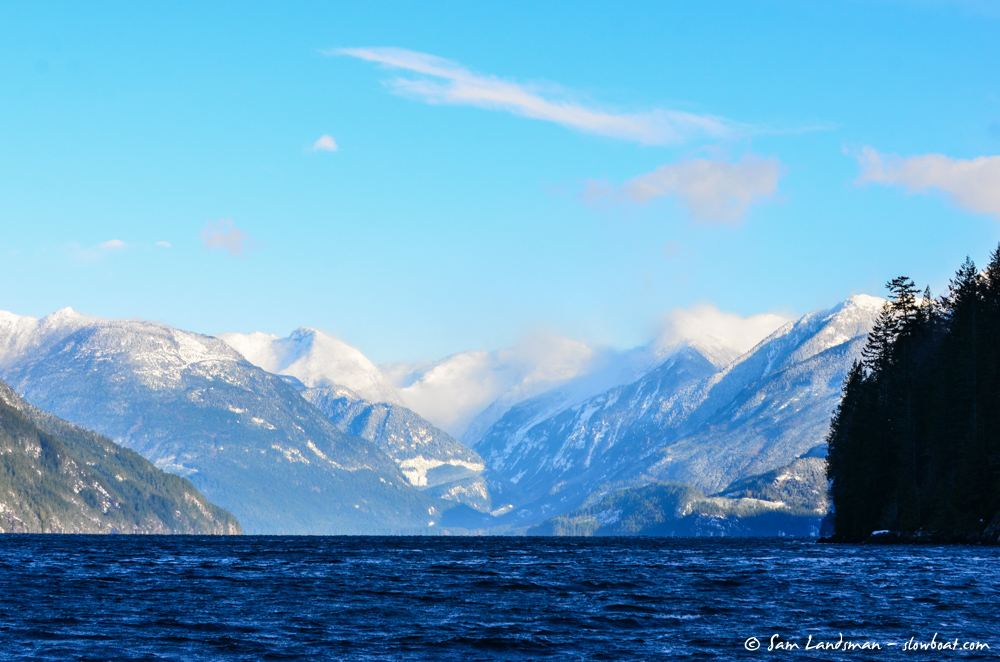
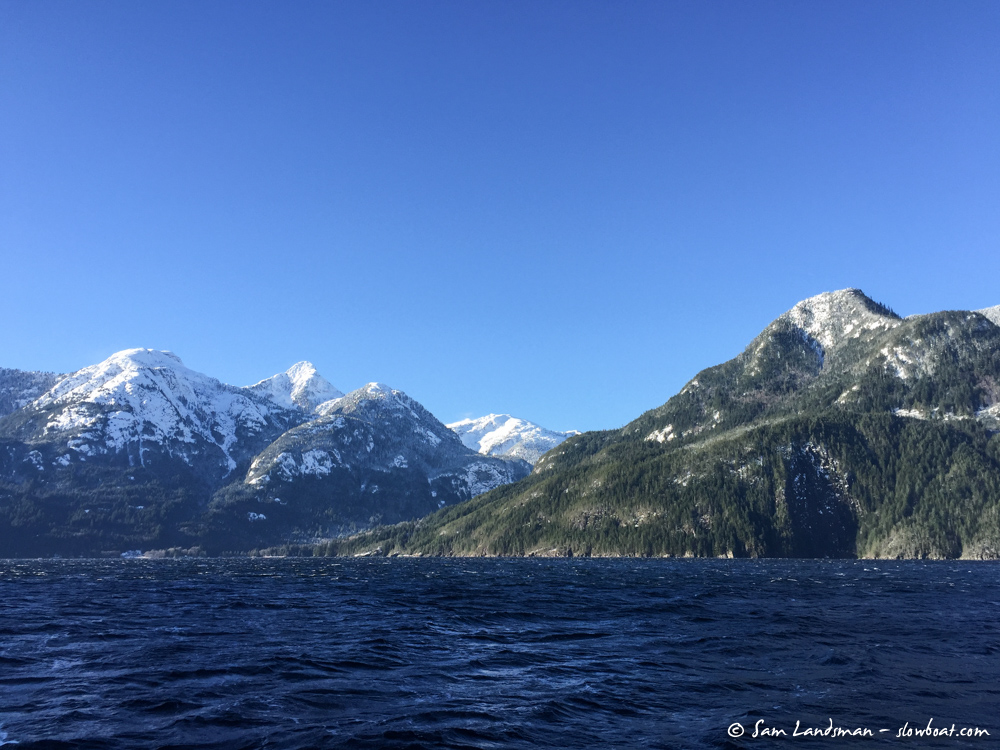
Sheets of spray hit the windshield with ferocity normally reserved for an automatic car wash. Moments later the boat would heel 10 degrees, tilted by a 50-knot gust. The spray literally got blown off the windshield, as if the boat were emerging from the car wash and getting blown dry. Welcome to 2017.
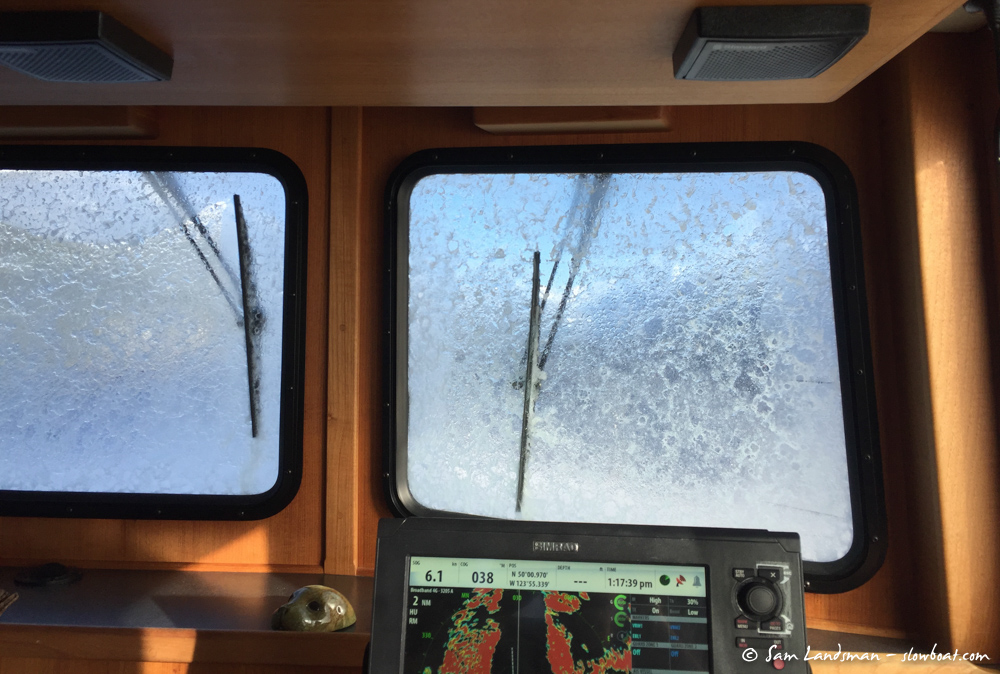
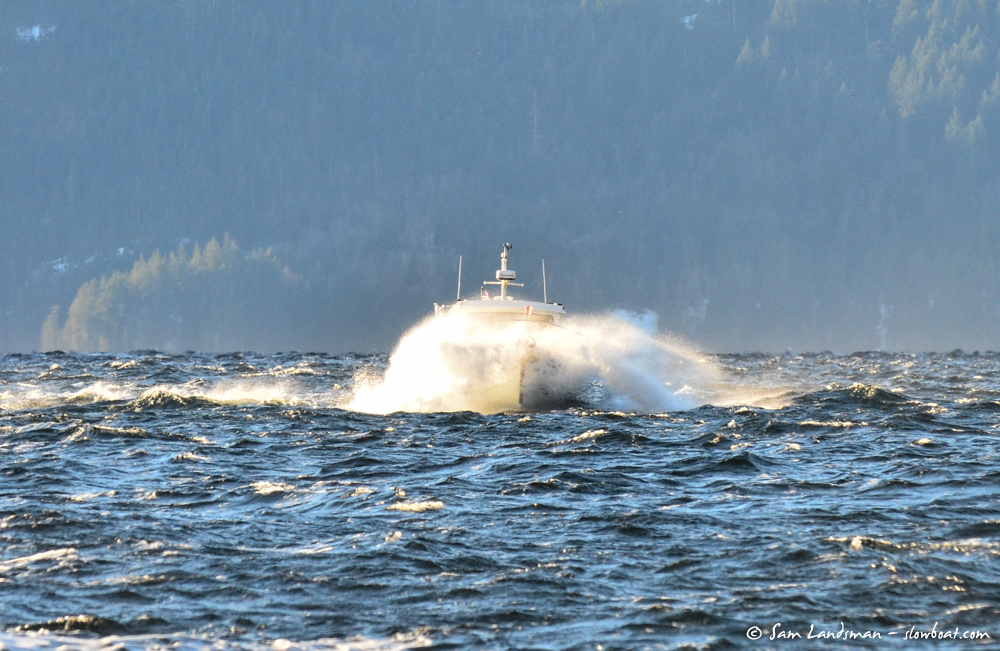
The weather was tolerable, though, thanks to little fetch and breathtaking scenery. All around, mountains rose straight from the sea. In summer they’re dark gray, but this New Years day they were plastered in bright white snow. The sky was deep blue and the sun shone brightly, although the temperature hovered just above freezing.
Environment Canada hadn’t predicted this outflow wind. The 30-knot winds (gusting much higher) and the resultant chop slowed our progress to 5 knots. In order to still arrive before dark, I advanced the throttle. It took an extra 500 RPM (about 70 hp) to overcome mother nature and make 8 knots over the ground.
Malibu Rapids cooperated with us, and was basically slack all afternoon, thanks to very small tides. This gave us much-needed flexibility in our timing, and we easily passed through with a couple knots against us.
I’d heard rumors that the dock at Chatterbox Falls is a popular New Years destination, so I was surprised to come around the corner and find it free of boats but covered in more than a foot of snow. A single set of footprints, dusted in a light layer of fresh snow, was the only evidence of recent habitation.
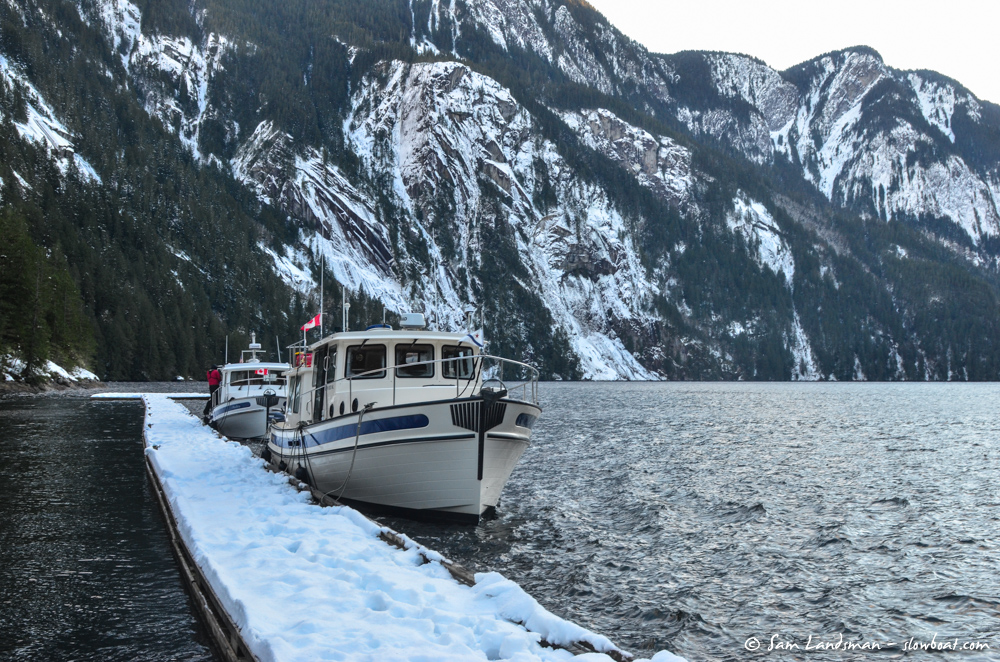
Despite the still-gusty winds, we got Safe Harbour and Airship secured to the dock, then donned our warmest gear and rubber boots and hoofed it through the snow to take a closer look at Chatterbox Falls. The main water flowed freely, but spray had frozen on many of the rocks forming dramatic ice sculptures.
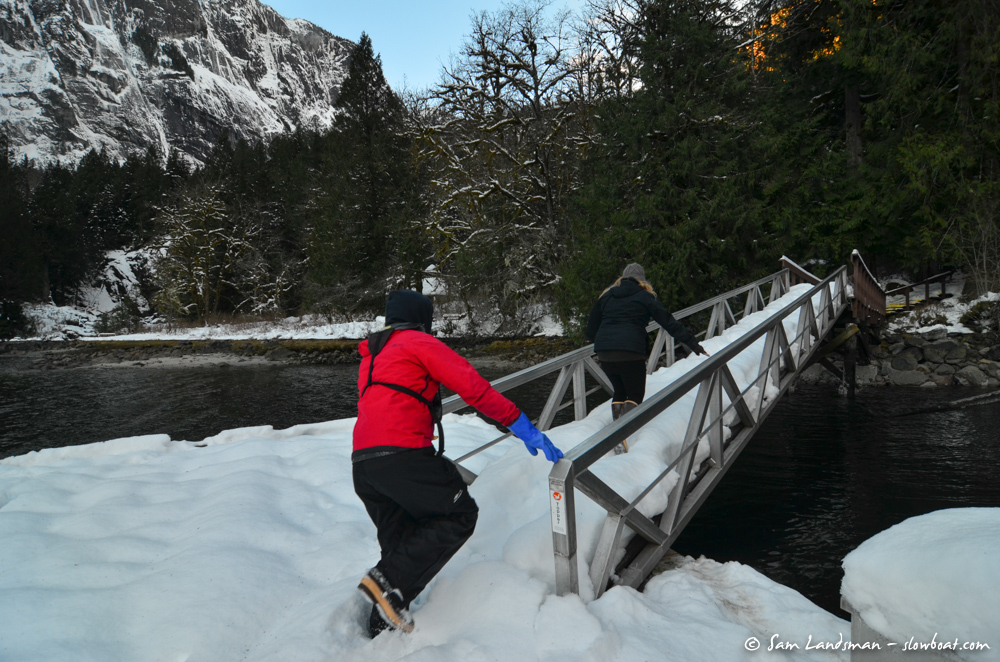
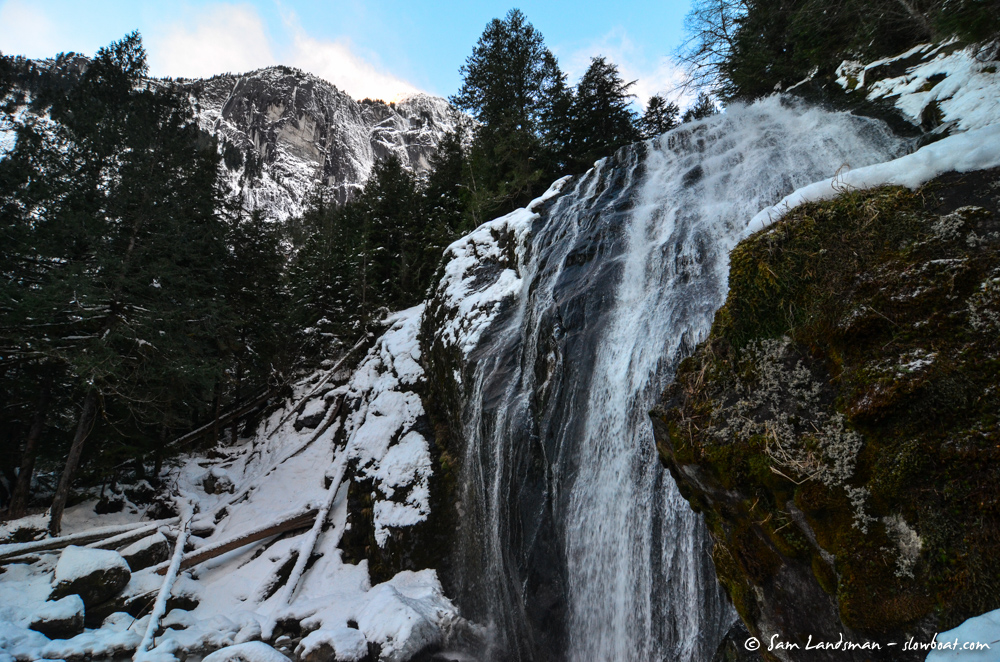
The next morning dawned windy (high gust: 38 knots), and I was shocked to find the dock literally breaking apart between Airship and Safe Harbour. Still wearing my bathrobe (and Xtratufs), I quickly woke up Kevin and Laura and we began the mad rush to rearrange the boats to take some strain off the dock and prevent the whole thing from falling apart.
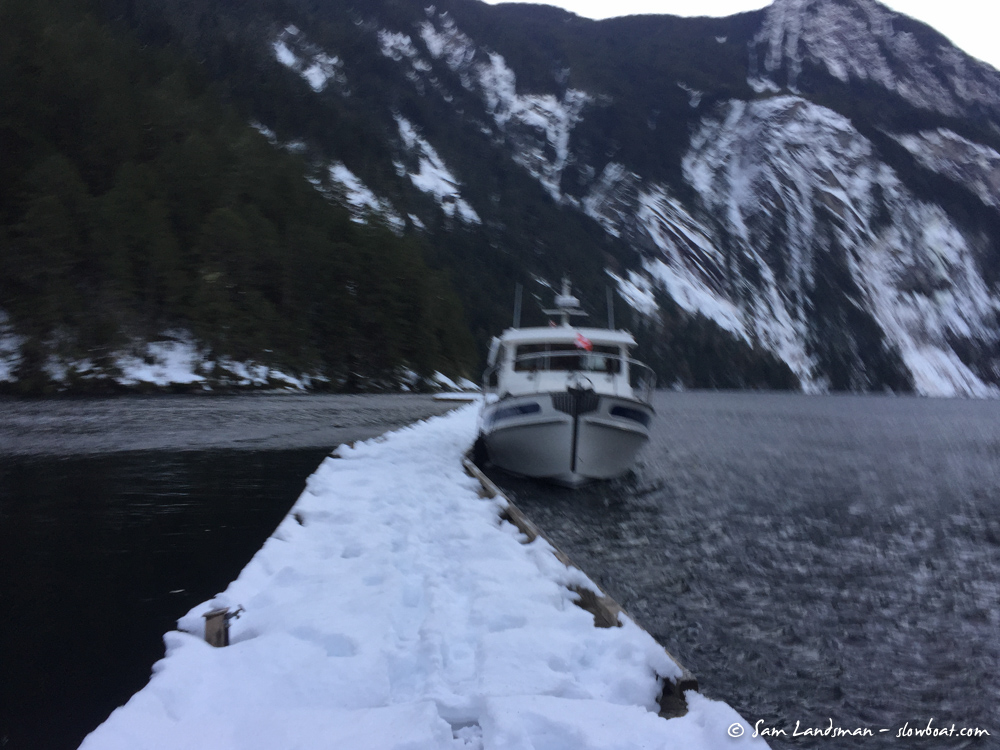

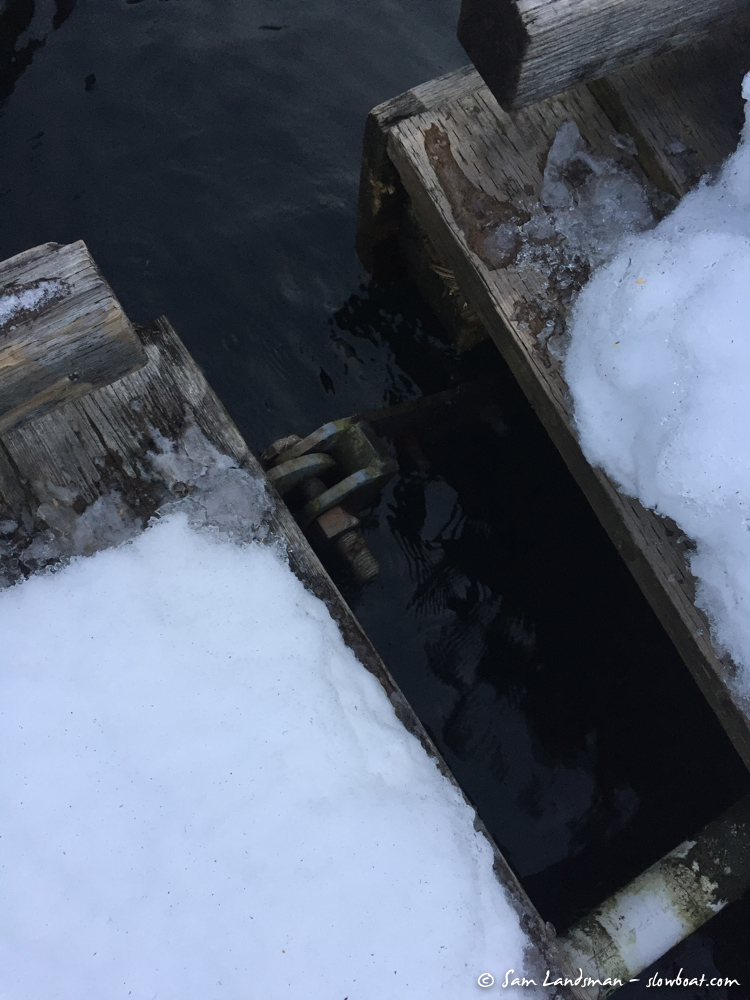
By afternoon the wind had abated slightly and we set off in the dinghy to explore the inlet. Because Princess Louisa Inlet is surrounded by cliffs, it gets very little sun in winter. The waterfalls that are so prevalent in spring were frozen solid all the way down to the high tide line.
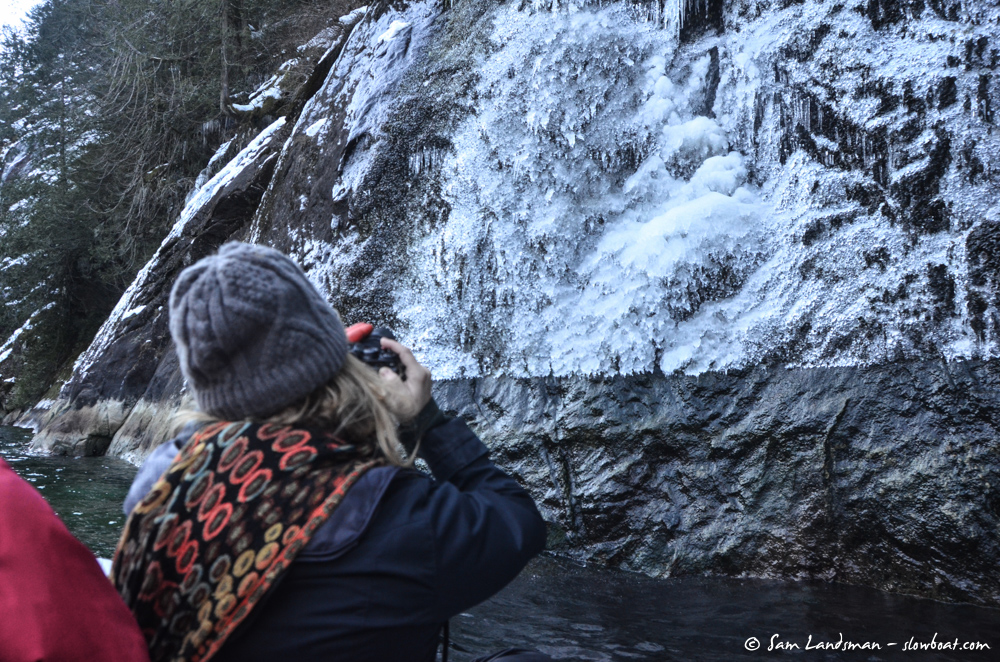
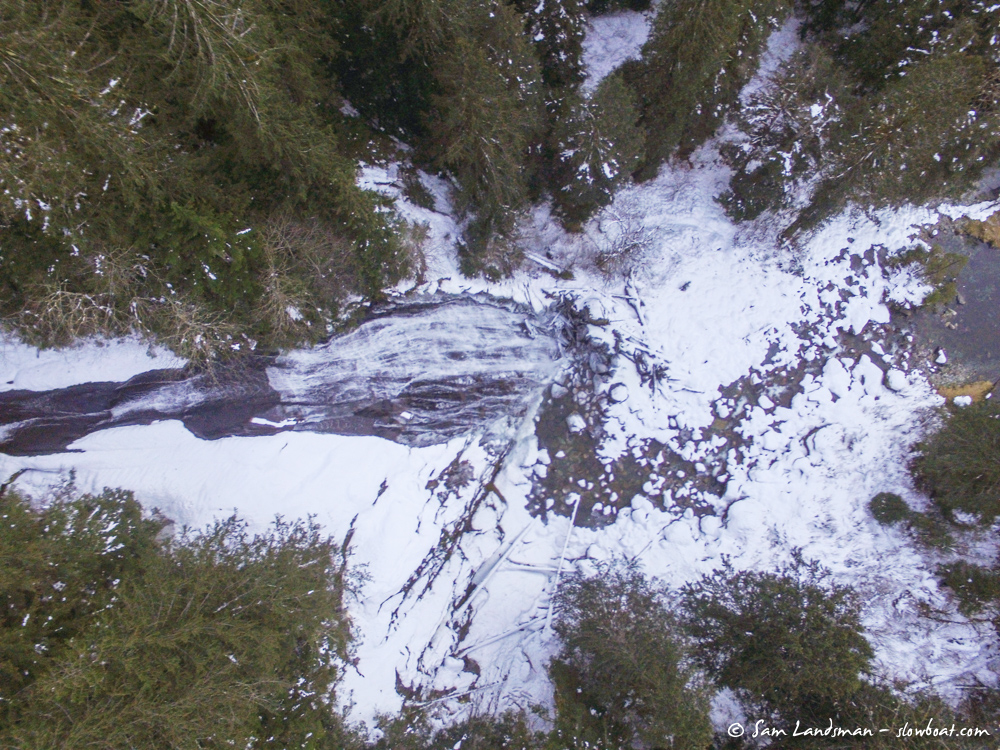

The next day the wind finally died and we made our escape. It was one of those perfect days on the water—everything on board working perfectly, magnificent scenery all around, and totally calm seas. I’ll let the pictures do the talking…
